When you set sail this summer to escape the heat make sure you dress the part. Here are our top picks for the perfect marine look.
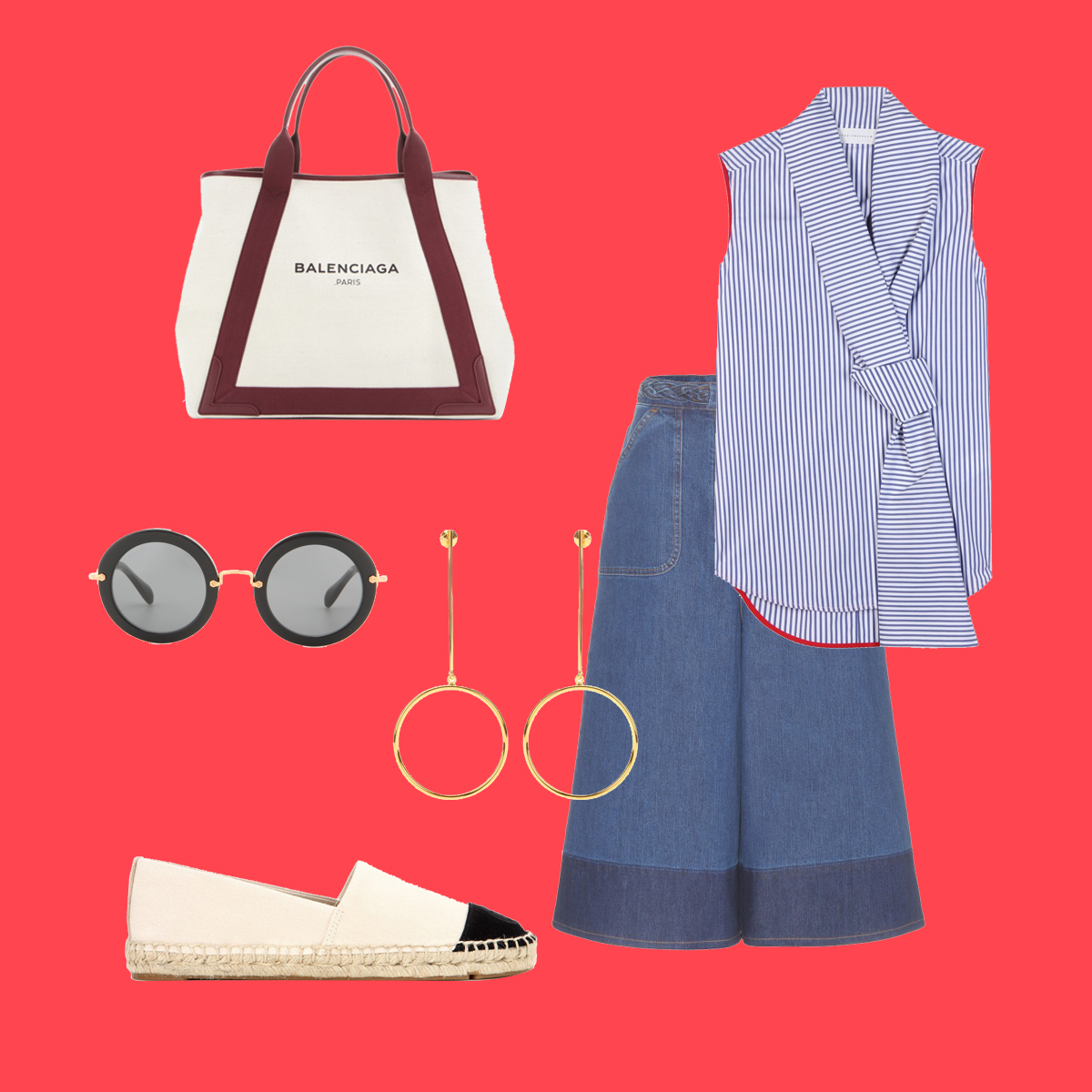
Styling by Vanessa Cocchiaro
When you set sail this summer to escape the heat make sure you dress the part. Here are our top picks for the perfect marine look.

Styling by Vanessa Cocchiaro
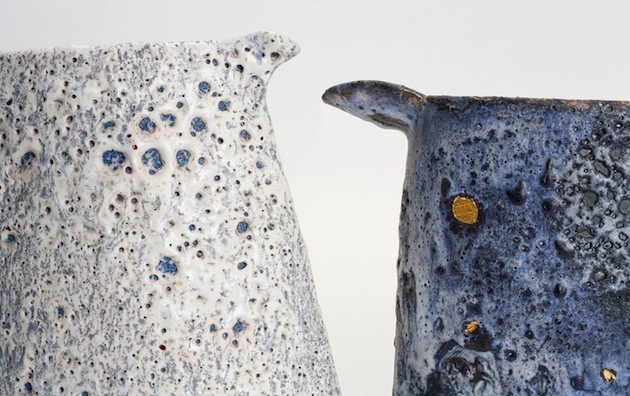
A distinguished craftsperson, curator, writer, teacher and broadcaster, Emmanuel Cooper first honed his skills through the production of repeat domestic tableware at his London workshops, increasingly expressing his predilection for the more nuanced making of individual artistic pieces. Emmanuel Cooper: Connections & Contrasts, a major exhibition staged at the Leach Pottery’s Cube Gallery, examines his work and career in the context of Leach, especially his relationship to Bernard Leach which began with a speculative letter from Emmanuel, in 1967, and turned full-circle, in 2003, with the publication of Emmanuel’s detailed biography of Bernard. Indeed, Emmanuel became the chronicler of the wider Leach family of potters with books on both David and Janet, making him a central figure in the recent Leach story. The exhibition features nearly 50 pots from the Emmanuel Cooper estate, alongside a small group of his production tableware, and also reveals a more personal side to Emmanuel’s work by showing some of his sketch books and other documents and drawings. There is also an additional display in the Old Pottery with images of Emmanuel throwing, in the late 1960s, alongside pictures of his workshop taken in his absence in 2012. The exhibition will remain on show until 6 September 2015 at the Leach Pottery in St Ives.
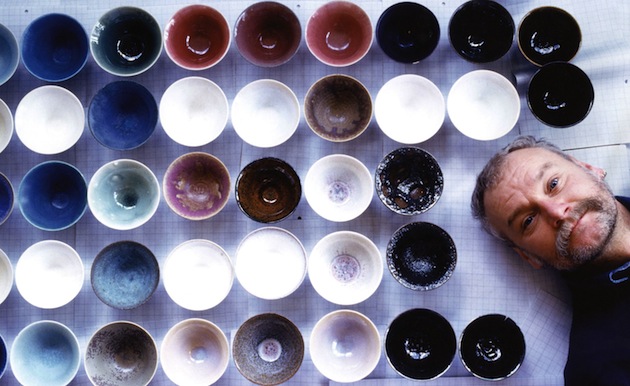
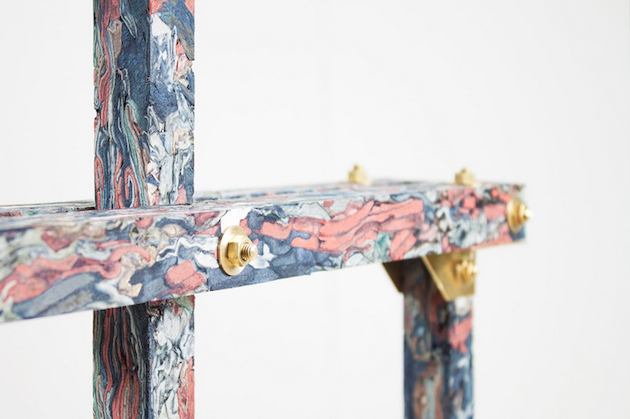
What is the value of designed objects today? If we look at major design exhibitions, fair, biennials, competitions, it looks like the object is becoming increasingly less significant. Much like artists from the second half of the 20th century, designers are forgoing the object, focusing on the process instead. The exponential growth of and public interest in this process-based design is evident in the latest exhibition staged at the Aram Gallery, London-based retailer/exhibition venue, which opens to the public today.
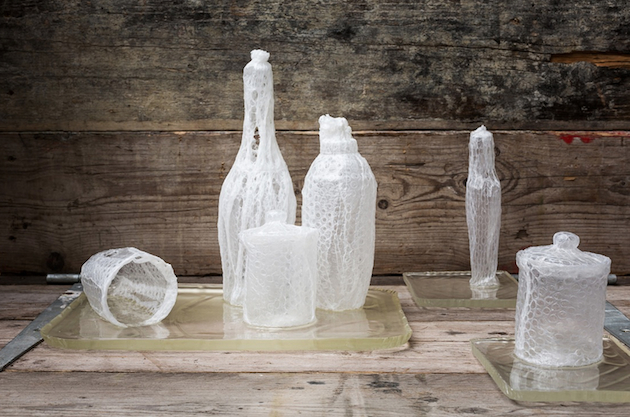
“Extra Ordinary” is the first show developed by its recently appointed curator, Riya Patel, and explores the role of objects within wider narratives of their creation, innovation, production and use. While, for decades, objects were seen as impenetrable shells admired for their impeccable form, whose creation remained a mysterious process, designers like Martino Gamper or Max Lamb are making research and production that generate each object more significant than the object itself. Even though Patel has not explicitly acknowledged process-based practices as the primary focus of her show, works like Structural Skin by Jorge Penadés, which devises a new production process for worthless waste from leather factories, or Luisa Kahlfedt’s experimentation with cardboard which creates a new visual language precisely by revealing the process that created it, turn the viewer’s attention to how everyday objects are made, rather than how they should be used.
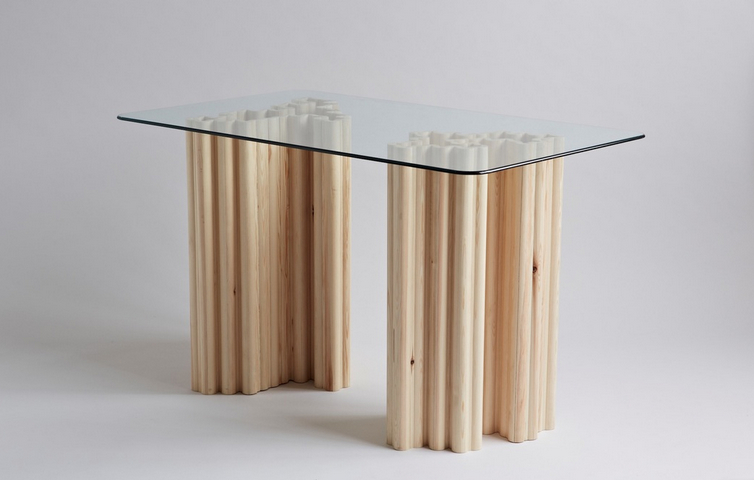
But if these objects are not attentive towards communicating their use, but place greater emphasis on production processes and expanding design’s conceptual language, how can we absorb them into the ordinary, as the title seems to suggest? Patel explains that the way exhibition was staged – only leaving a couple of hints rather than revealing the whole story behind object – is crucial to grasping their ‘extraordinary’ qualities: “A lot of them are quite strange objects and it is nice to tackle a little bit how somebody made that object. I wanted to leave a little bit of room for imagination and exploration. We tend to think of ‘ordinary’ meaning low-value, everyday and common. If you like, ‘extraordinary’ is the opposite of that. It is the thing that is interesting to look at, provocative, unusual, unexpected. These are criteria that I think make something worth showing in the exhibition.” Perhaps, the future of design does not lie in the objects we come to use, but only those we look and admire. But is this really the future we want to envision?
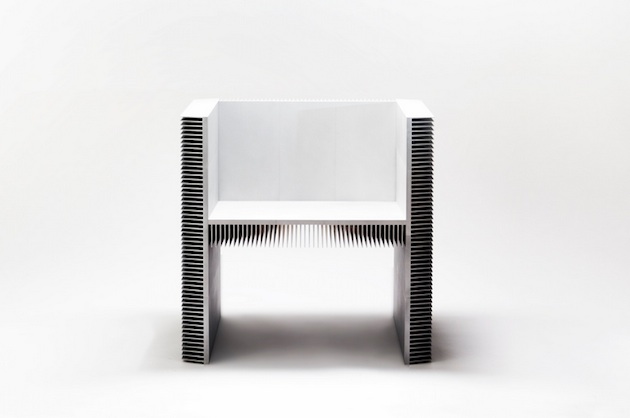
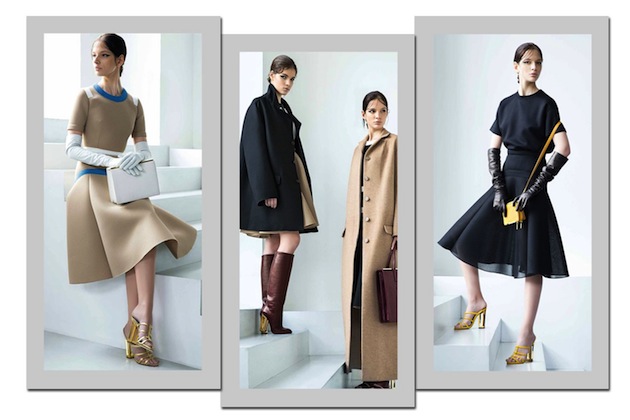
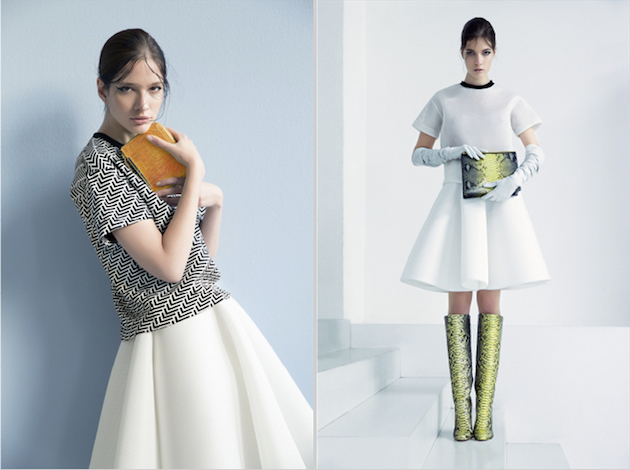
The winning designers of this year’s edition of emerging talent design competition held by the Italian Vogue, have now been announced. Three winners of “Who is on next?” are expected to be dazzling the fashion runways for the years to come. The accessory category has two lucky winners, one of them is Nicolò Beretta – the young and upcoming designer, founder of the shoe brand Giannico. Giannico is a brand known for its mix of elements such as femininity, innocence, mischief and humour, crafting shoes that already have fans among celebrities such as Lady Gaga and Karolína Kurková. The other lucky talent who won the same award for his design of bags was Carol Oyekunle, the designer and founder behind the accessory brand Lolita Lorenzo. The brand that is named after her two children was founded in 2013 and has quickly become well-known thanks to its bold, luxurious and timeless aesthetic.
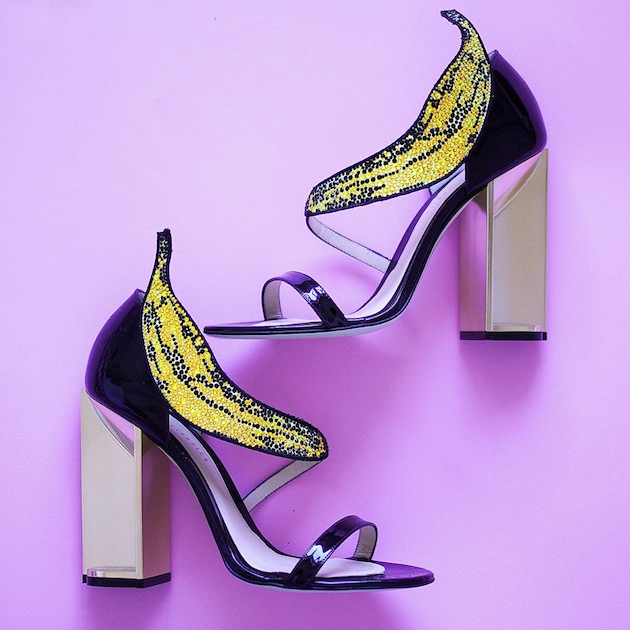
The name of the winner of the fashion category is Lee Wood, who has worked alongside Donatella Versace for 16 years before founding his own brand L72, which awarded him ”Who is on next?” prize. After studying Art and Fashion Design at the Berkshire College of Art & Design, Wood moved to London where a successful styling career began and in 1998 it brought him from London to Milan, lending a job at Versace. One of the biggest impacts Versace has had on his own work are his relations to the luxury market, which gave him a necessary experience of how a global brand functions. Wood’s own design aesthetic can be described as a classic 1950s-inspired silhouettes with a modern, sporty and colourful approach – qualities that surely brought the prize to the brand.
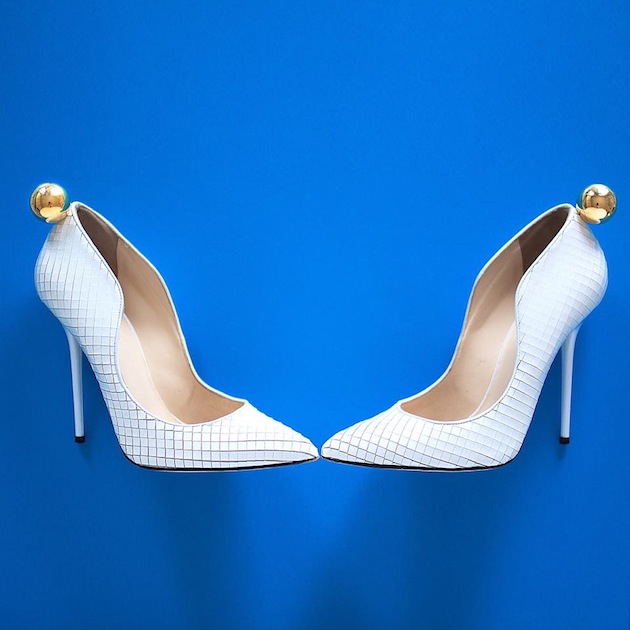
Last week as in translucent dreams, the creations of the Parisian Haute Couture week took center stage and invoked the pinnacle of fashion, while, at the same time, functioning as a reminder of the glitz and glamour that is not always part of Prêt à porter. Here is an overview of the delicious examples of how fashion can stun and innovate.
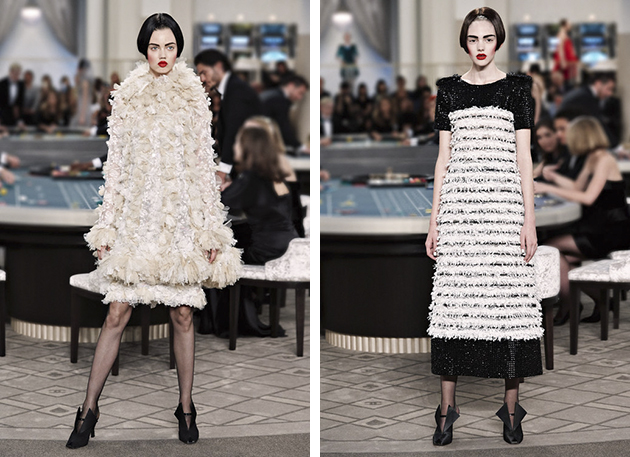
Color – A Black and White Affair: The colors mainly used on the couture runways were black and white. Naturally, there were also other shades, such as burgundy and pink, however it was the basic black and white that set the tone, either in combination with each other, as seen at the runway of Chanel and Bouchra Jarrar, or individually as observed at Zuhair Murad.
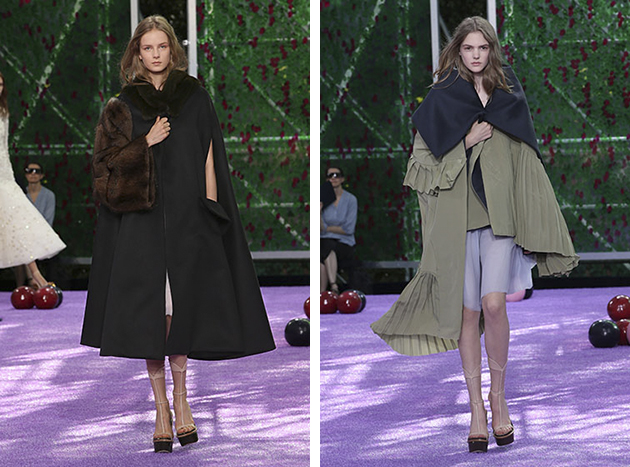
Techniques – Ruffle a few feathers: The use of ruffles and feather-like details was a fabulous technique showcased at almost every catwalk. Teased and frayed chiffon produced the feather-like quality for some looks and the addition of fringes, like at Armani, made for a particular element in tune with the feather look. At Giambattista Valli the feather skirt made for an impact in an otherwise simplistic silhouette, while these types of details could also be seen at Givenchy. Another small part that gained popularity was the use of ruffles. In all shapes and form, ruffles were presented to add volume but also drama. Viktor & Rolf presented what could be seen as more structural ruffles and added a sophisticated eccentricity to the concept.
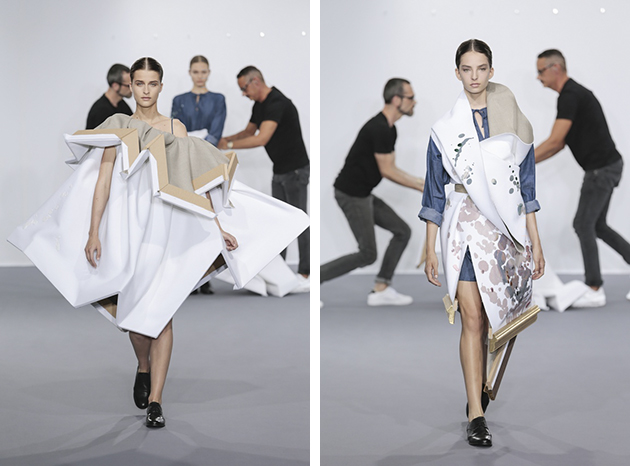
Silhouettes – One Way or Another: The biggest trend of the couture season seemed to be that of asymmetry. Many designers presented collections with models baring an arm or with added details to a single side of the piece, as if to shake things up and call for a second glance from the viewer. At Christian Dior, coats were adorned by a fur sleeve while the other was left bare, Versace presented dresses with an ornate side and the other left minimalistic with a unison color connecting the two. Valentino with the clear remembrance of ancient Rome – albeit with a modern touch – presented several dresses with the classical asymmetric twist.
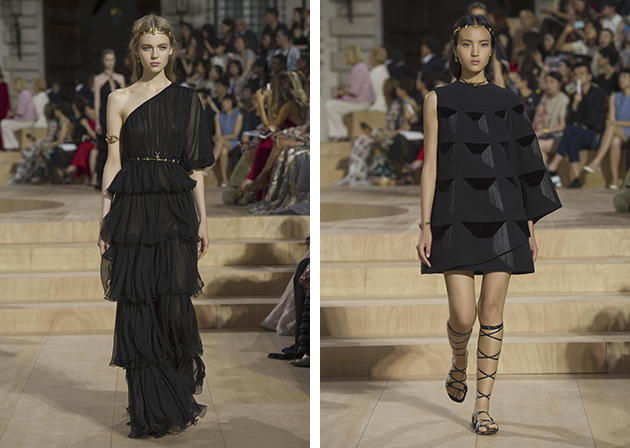
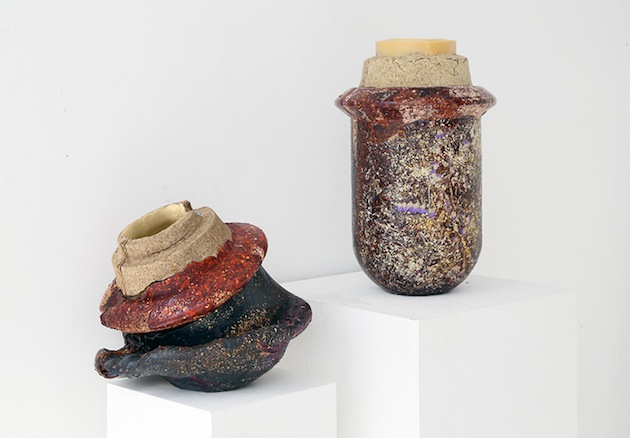
One of the most difficult questions for any designer is “why do you work?” From Enzo Mari and design as social consciousness to design as a way of subverting cultural norms, every designer has sought to find their purpose and place in society through the design of three dimensional objects. These wider goals are also often reflected in the ‘process’ designers use, whether it is focused on materials, unorthodox production processes or speculation about the future. Marcin Rusak, a recent graduate of the Royal College of Art in London, is difficult to ‘square’ within any of these categories. Positioned between crafts and technology, natural and artificial worlds, his work tries to challenge the established norms of understanding the material world.
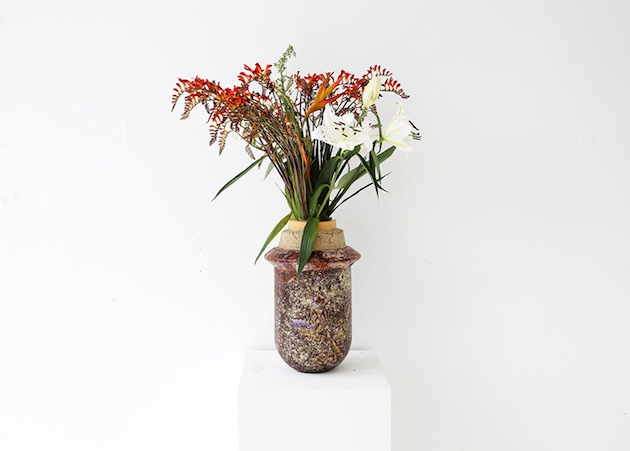
Specialising in storytelling, process and material investigation, Marcin’s work often incorporates research, object and installation as well as visual creations to explore overlooked details of our lives when recreated and reimagined are shown again in a different light. Unrestrained by a specific medium, and consistently inspired by the beauty and subtlety of the natural world Marcin embodies the philosophies of Art Nouveau in a contemporary context. Through research, craft, the utilization of cutting edge technology and a strong personal aesthetic he embraces a total approach to art in order to reevaluate objects and their significance to us while celebrating the organic outcome of natural materials and processes.
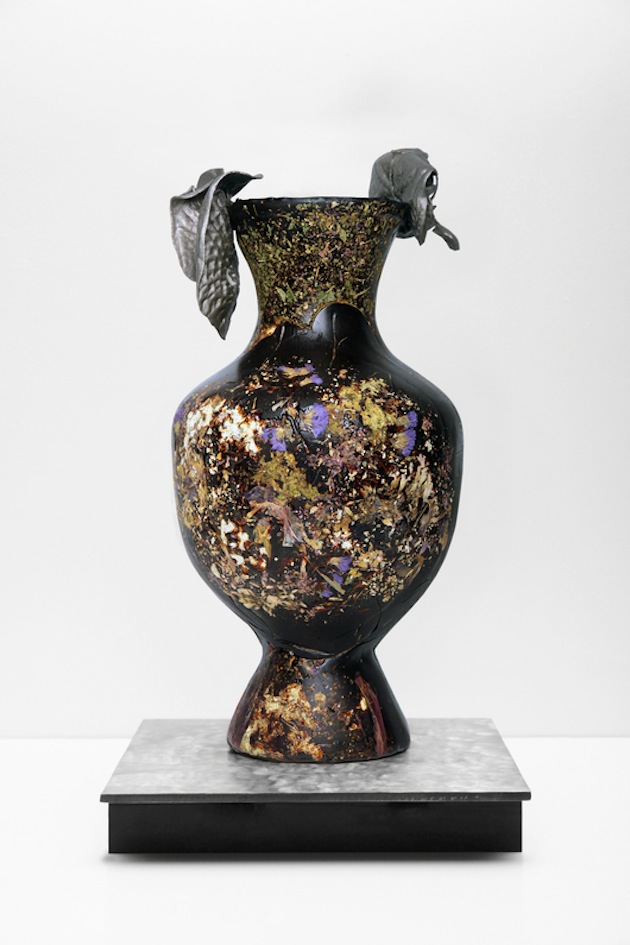
This year, Marcin Rusak was selected this year for Perrier-Jouët Arts Salon Prize, which is celebrated in an exhibition at Contemporary Applied Arts in London until August 1, as a way of supporting emerging talent in the field of contemporary craft.
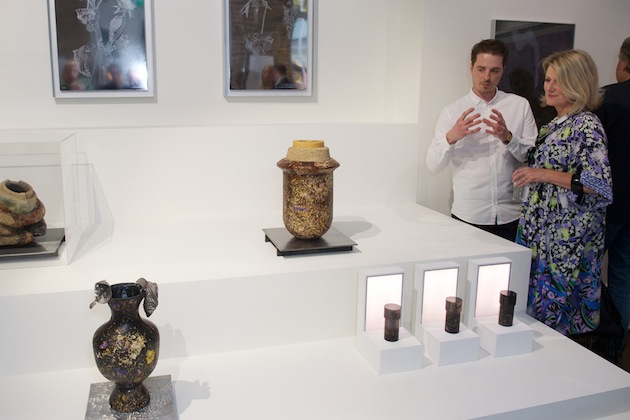
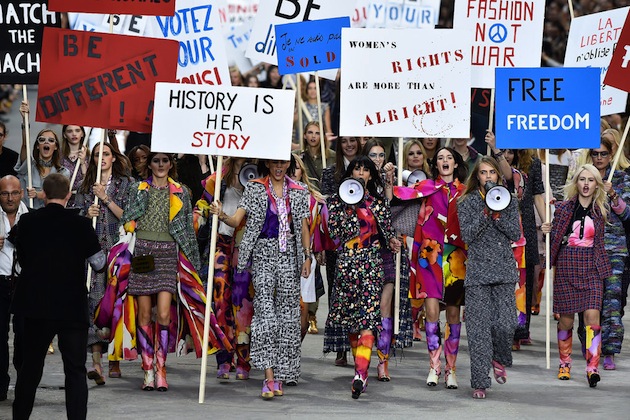
Chanel has done it and so has Stella McCartney. And now Hugo Boss can be added to the list of brand’s that look at the wider picture through fashion by deciding not to use fur in their collection. The political statements made by designers on matters such as feminism, environmental causes and human rights are many. As the impact of fashion increases, it is both affecting and having an effect on everything, from economy to being a very public and visible interpreter of today’s society. Politics has grown to become a more common part of the global fashion scene, but the phenomenon is not new. The Swedish brand Mah-Jong had a clear left wing political vision at the moment of their foundation in the 1960s. They wanted their clothes to be wearable, beautiful and available for the masses, but most importantly, produced in fair conditions and made of natural materials. These values became synonymous with Mah-Jong and their clothes have been used to state messages long after the brand died.
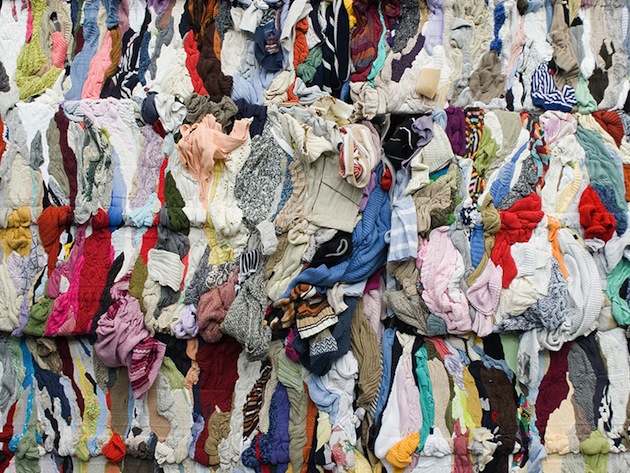
Although it is clear that fashion has been linked to politics before, it might not have been in the same commercial way as it is today. It is interesting that it is not just upcoming labels or unknown designers that are making public claims for political correctness – it is well established brands such as Chanel, Hugo Boss and Stella McCartney to mention the names outlined above. So why are we seeing this now and from them? The explanation can be found in the fact that fashion houses and designers today have their own channels to communicate with the masses through social media, and their impact and possibilities to influence their followers and fans has also increased. Another possible explanation could be their aim to connect their brands with new values in order to become more contemporary, but it can also be a result of a longer approach and a determination to really make a change within a specific field. Stella McCartney said no to the use of fur and leather before it became trendy, before she was established, which speaks for a more authentic engagement. Though, we must admit, sometimes it is hard to tell whether political engagements is just another term for PR strategy or a real commitment. The truth certainly lies somewhere in between.
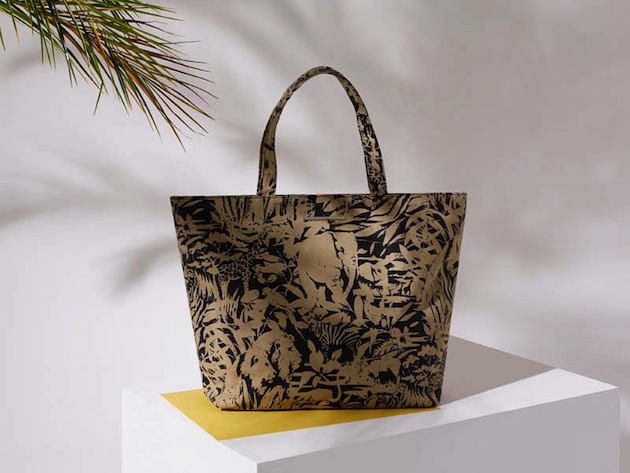
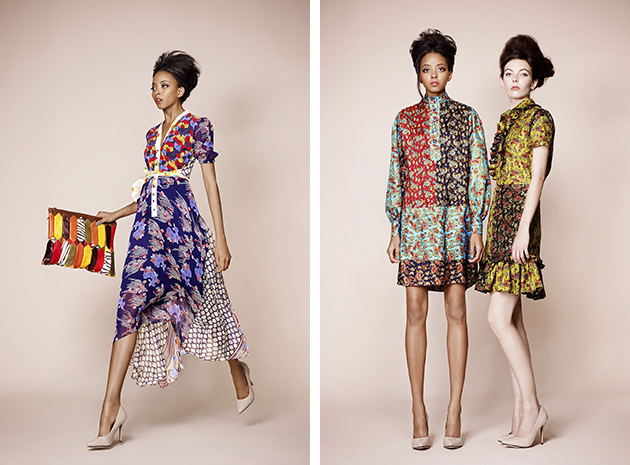
The term eclectic is almost being overused in fashion – it is a simple word that derives from the desire to describe a wide range of geographical or chronological styles fused in one look. Duro Olowu is a designer whose stylistic choices embody the term eclectic and has drawn the interest of fashionistas such as Linda Evangelista, Michelle Obama and Uma Thurman. Duro Olowu was born in Lagos, Nigeria and was raised between both Nigeria and England. In his young age he developed an interest for fashion and was particularly inspired by the mix of color, print and texture worn by women in his surroundings. Following his father’s footsteps he initially became a lawyer, which he gave up to followed his aspiration of becoming a fashion designer.
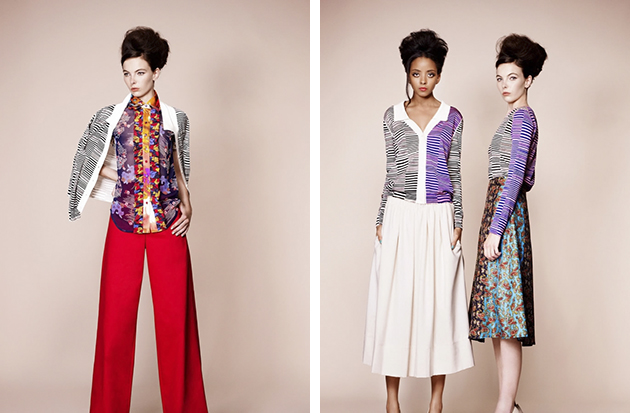
His self-titled womenswear label made its debut on the British fashion scene in London in October of 2004 with a collection inspired by “love and joy”. Since then, Duro Olowu has continued to impress with vibrant colors and an eclectic blend of ethnic prints, 1970s and 1940s inspired silhouettes that have become a key part of the brand. A high-waisted bohemian dress in patchwork —today known as the “Duro”— became a cult item in 2005 after being discovered by American Vogue editor Sally Singer. The Duro was responsible for putting the brand on the map, but the creativity of the man behind the brand kept the interest high beyond that single item.
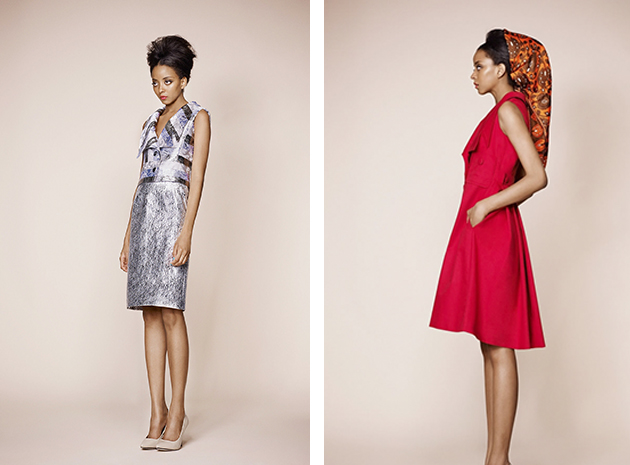
Duro Olowu has the skill and creative eye to use bold patterns and colors from his African background and mix them together with urban and modern twists. What all his collections also have in common is the celebration of strong femininity. The impact of the bold and strong patterns on soft feminine shapes and the layers of a frayed and feathered coat are all stand out pieces procuring “all eyes on me” attention. The eclectic in the work of Duro Olowu is far from being overused…it is one of a kind.
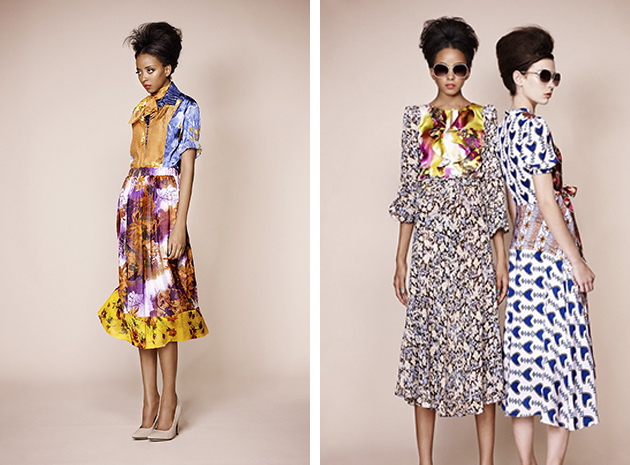
To add a bit of spice to your simples Summer looks, pair these classy accessories and you’re good to go for the whole season.
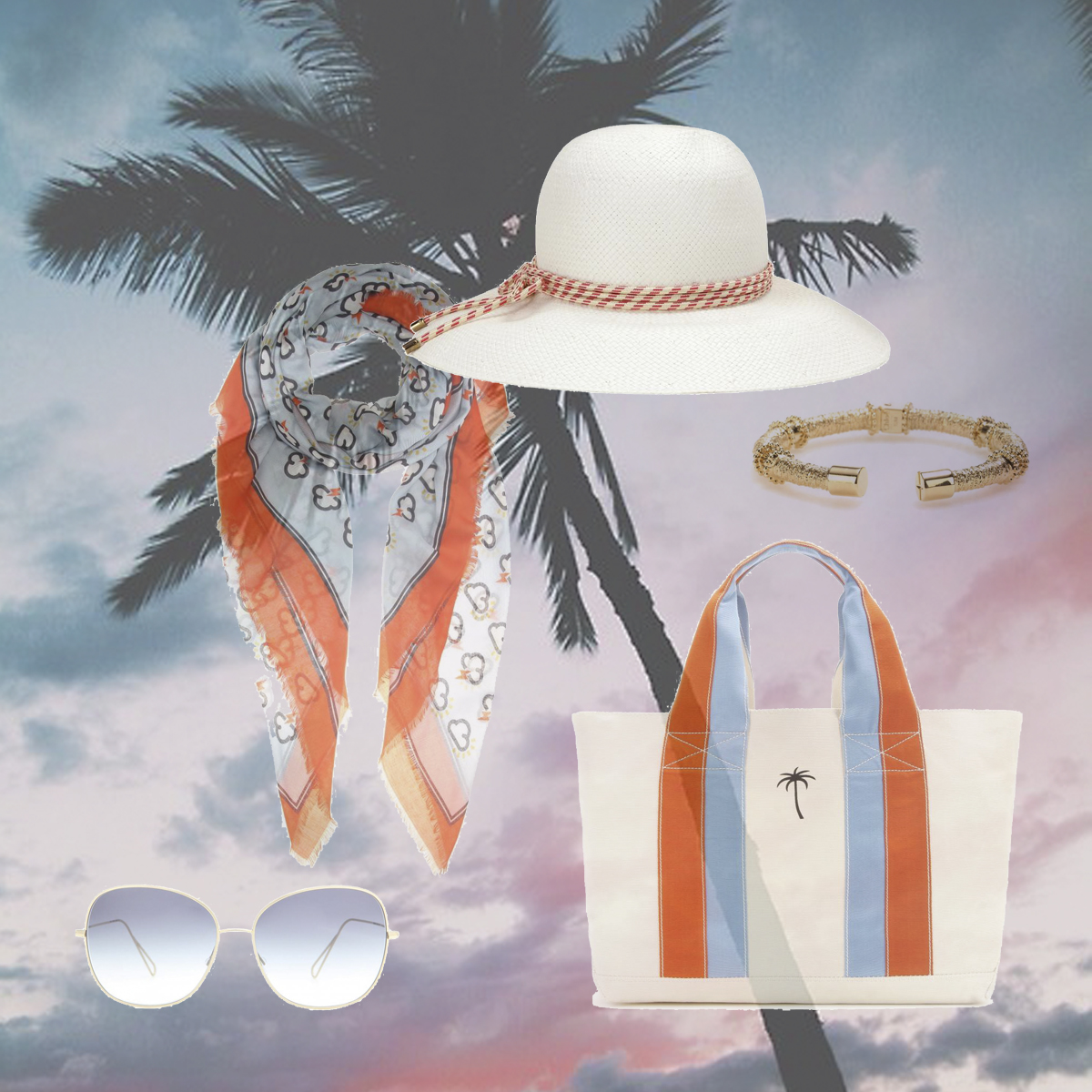
Styling by Vanessa Cocchiaro
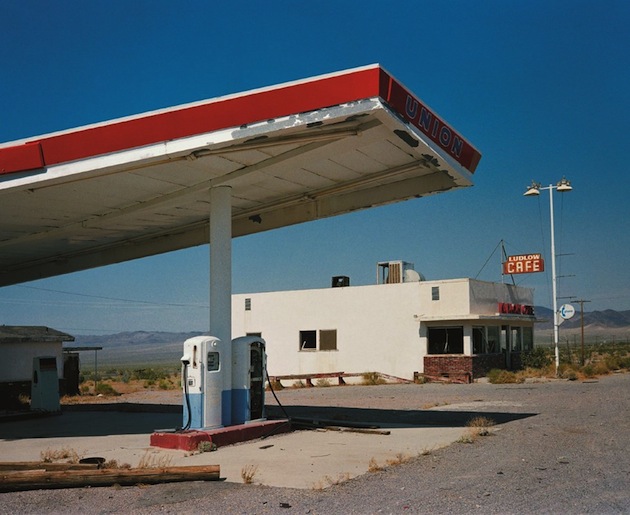
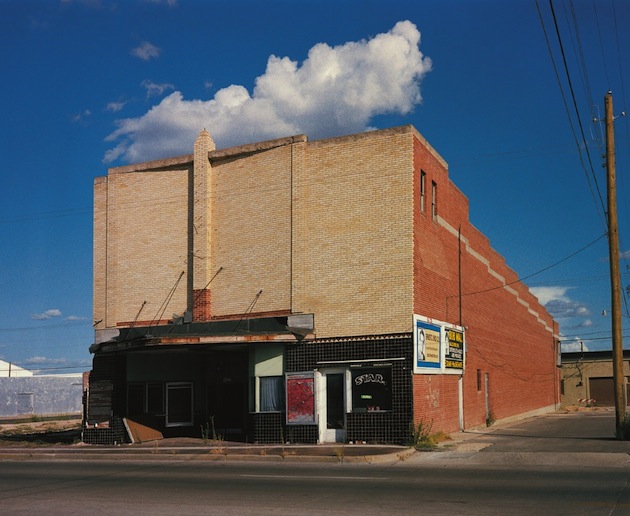
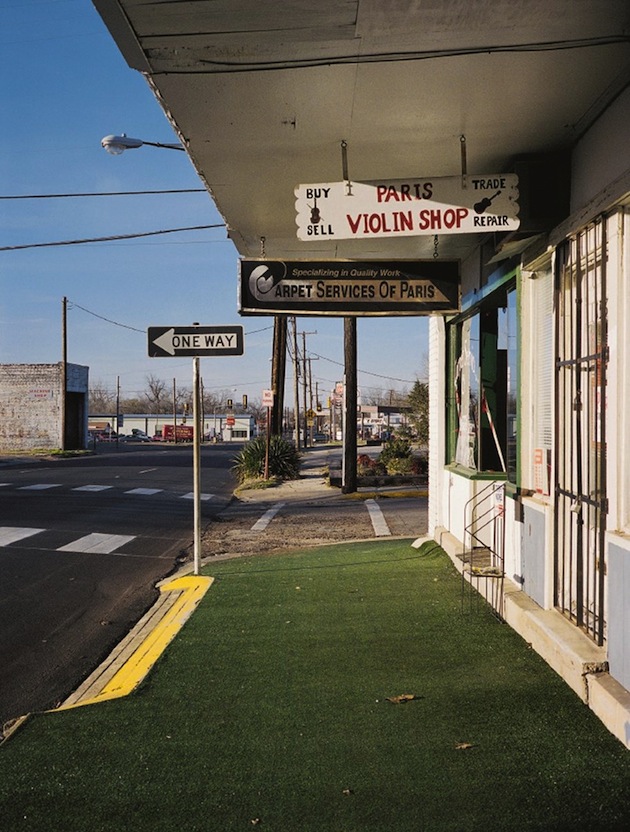
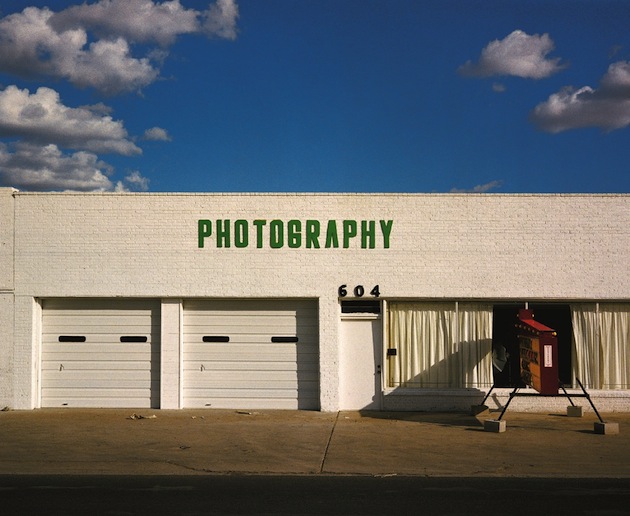
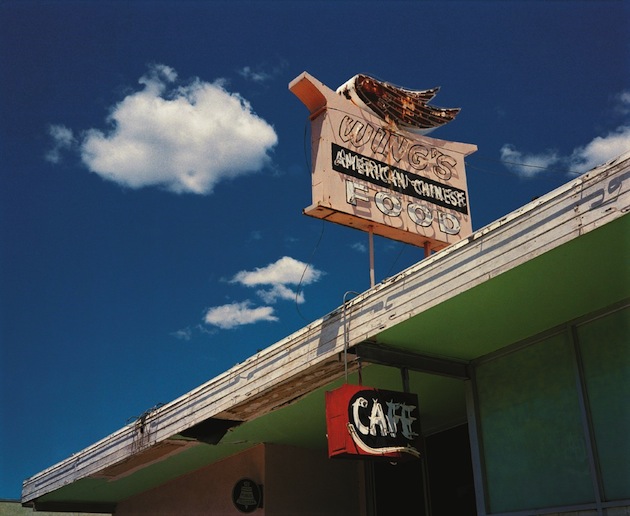
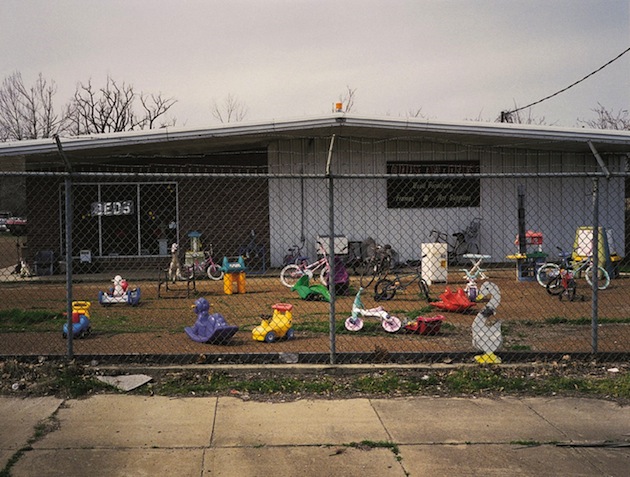
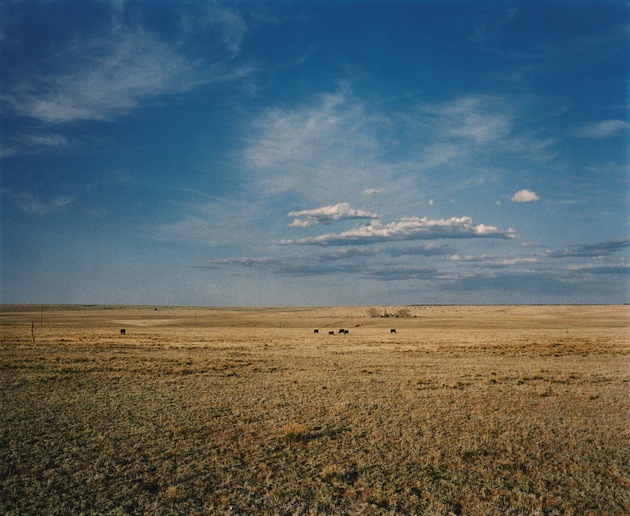

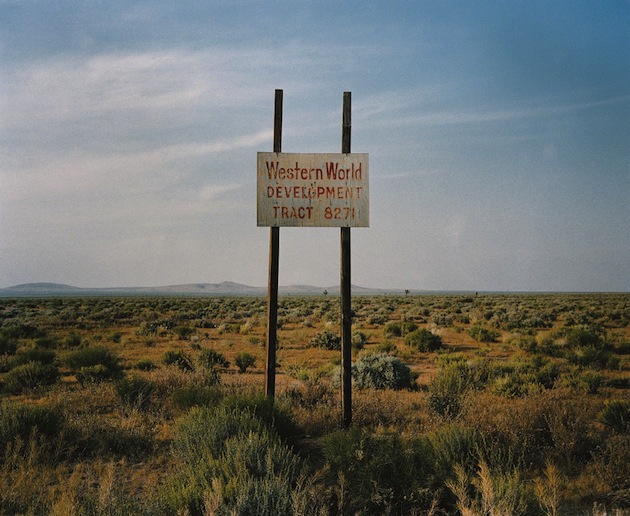
In 1983, on the look for the perfect location for his iconic movie “Paris, Texas”, Wim Wenders captured the life of the city that gave the film its name. Capturing the slow, unnerved, and somewhat disconnected life that bursts through Wenders’s movie, these images portray empty gas stations, courtyards, street signs and shops. Twenty years after they were first exhibited – at Centre Pompidou in Paris, these photographs are collected in a new re-edition of the book (the first edition was published in 2000), simply titled “Written in the West, Revisited”.
The Blogazine – Images courtesy of Schirmer/Mosel